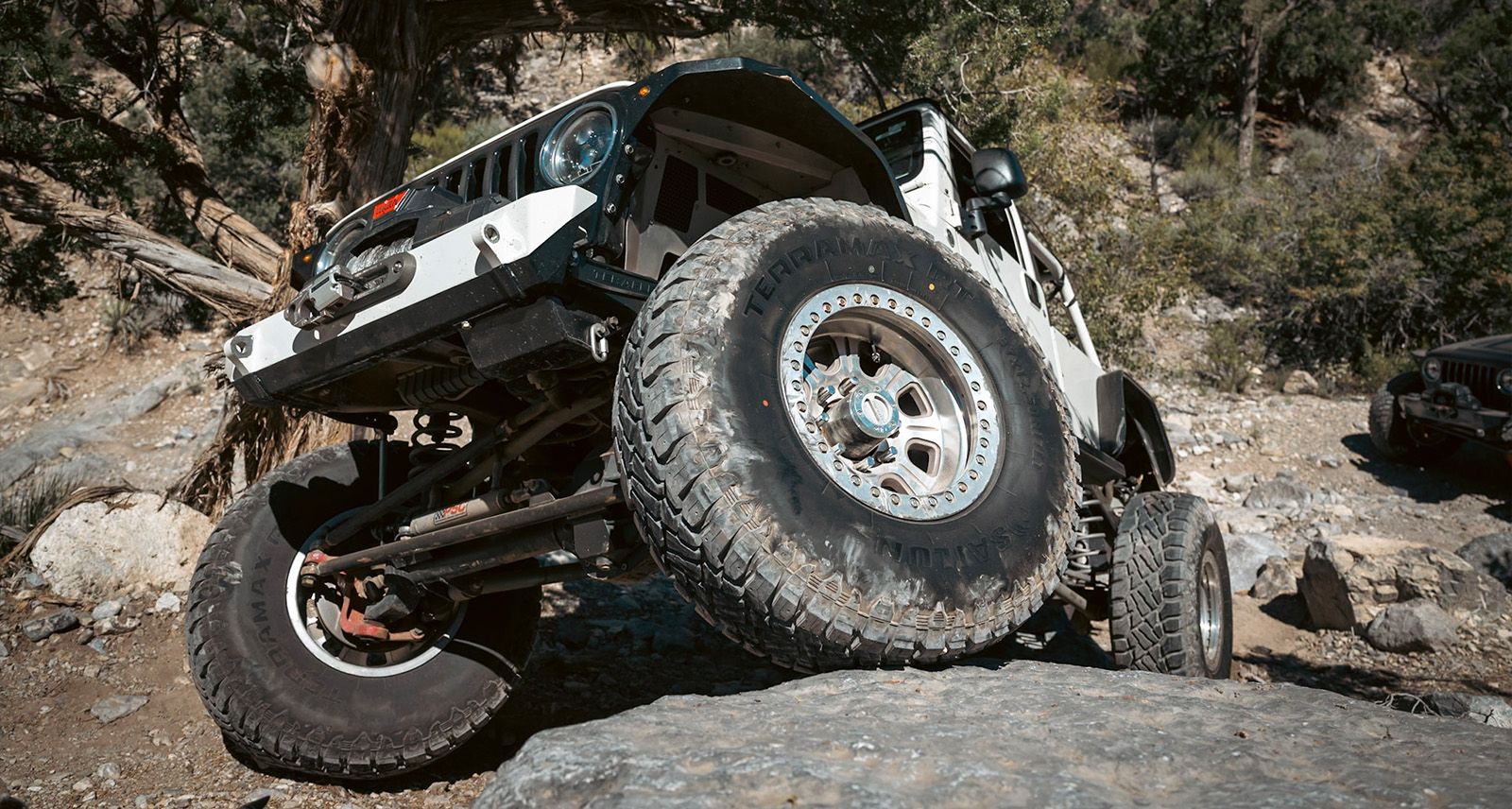Off-Road 101: a Beginners Guide for Off-Roading
SHARP & Sailun Tires
From factory stock to heavily modified, more and more Canadians are choosing 4×4 and off-road vehicles to handle both their daily grind and weekend adventures. Utility vehicles including pickups and SUVs are a favorite amongst Canadian shoppers, who tend to buy them at a rate of about 8 to 1 compared to sedans and hatchbacks. As more all-electric and gas-electric hybrid options enter the scene, it’s clear that this highly-competitive market segment isn’t done heating up yet.
Regardless of the model you choose or where and how you’ll drive it, chances are your adventures will take you to the road less travelled—and below, I’ve compiled some of the best tips and advice I’ve collected over the years to help make sure you’re set up for a safe and successful voyage along the way.
Learn Your Ride
Located in your glovebox is a gift from your vehicle’s engineers: the Owner’s Manual. Inside of it, you’ll find chapter upon chapter of useful information about your machine, how it works, things to avoid, and how to take care of it.
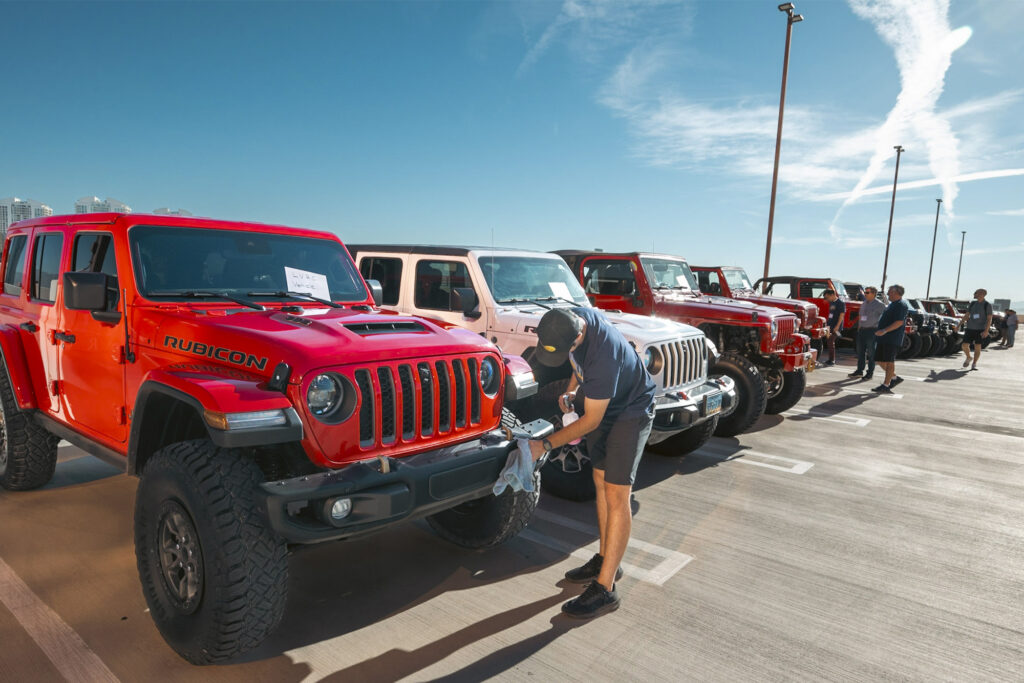
If you’re driving a vehicle with even a little off-road capability, there’s likely an entire chapter full of tips and tricks to help you tackle off-road driving in a more informed and successful manner. These include detailed instructions on useful features and functions designed for tackling specific challenges, specific cautions and maintenance requirements that apply when you use your vehicle frequently in an off-road setting, and important changes to the functionality of certain safety equipment when driving off-road.
Understanding how to work your vehicle’s 4×4 and traction management systems ahead of your first foray into the bush, as well as understanding certain specific situations that require caution or care, is a great start to a successful weekend adventure.
Consider Your Tires
The tires on your truck or SUV are the only part of the vehicle that touches the road or trail. In off-road driving, your tires will likely tackle unique challenges like rocks, mud, ruts, sand and very rough terrain. That’s why it’s important to make sure you’re running appropriate tires for the terrain, noting that more on-road oriented tires fitted from factory to some SUV and pickup models may or may not be sufficient for the adventure you’re planning. Now, that’s not to say that you need to equip your ride with massively treaded Super Swampers that howl like mad at even moderate highway speeds. You can find quite a wide range of tires that can handle off-pavement duty, including the Sailun Terramax RT tires we tested earlier this year in Nevada.
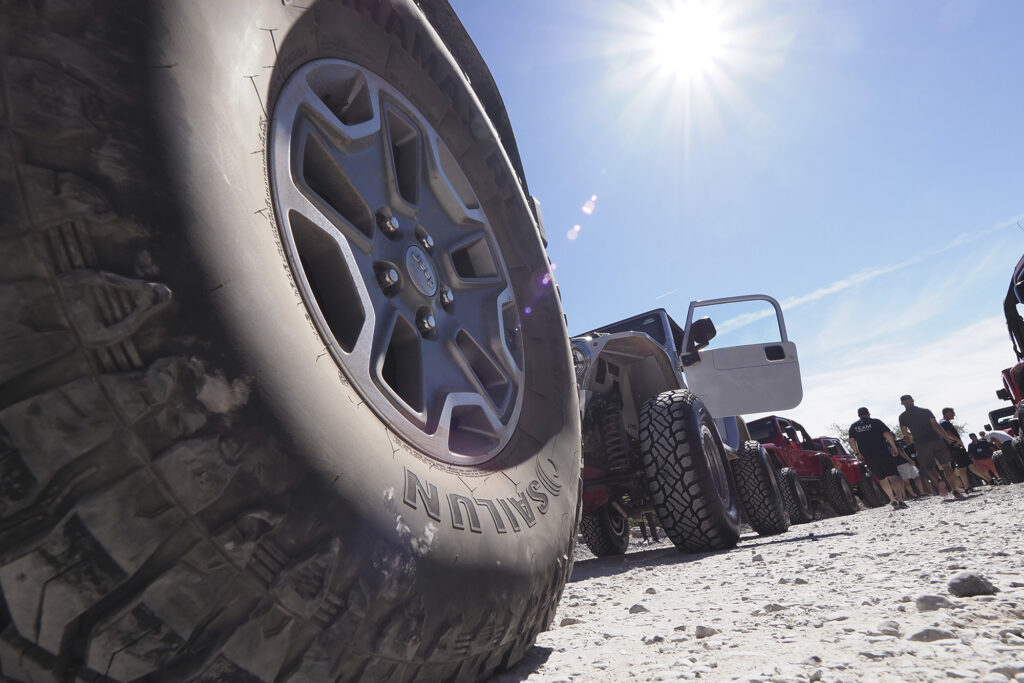
Once you’ve determined your tires are up to the task, be sure they’re properly inflated, free of damage and ready to stand up to the turf you’re asking them to tackle. Consider upgrading to a tougher, more durable tire if you’ll frequently off-road in more severe settings.
Once you’ve finished your off-road adventures for the weekend, inspect each tire carefully for signs of damage, and manually check tire pressures to reveal any potential trouble.
Prepare Your Ride
Aside from a pre-voyage tire inspection, a few additional steps can be useful in preparing your ride for the journey to add confidence and peace of mind. Fill your fuel tank completely, check all fluid levels as outlined in the owner’s manual, and be sure to have any unusual leaks, noises or error messages addressed before heading out, as the rigors of off-road driving often have a way of aggravating poorly-maintained or worn-out parts.
Prepare Yourself
Driver preparedness is key for successful off-road adventure, and knowing you’re prepared for the trip has a way of increasing confidence and lowering stress levels along the way.
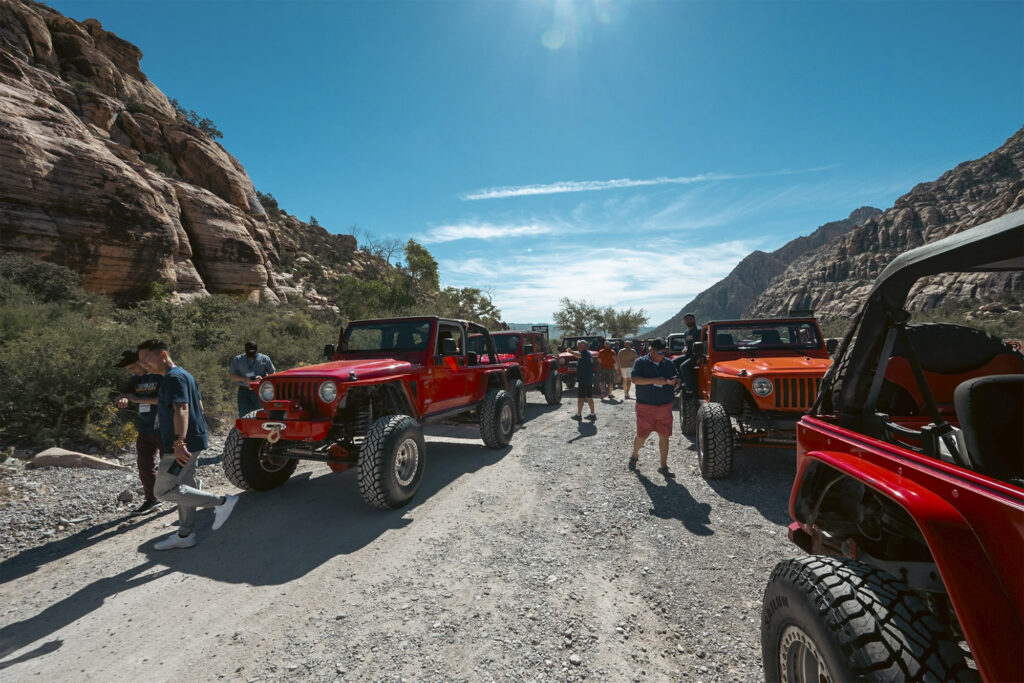
If you’re hitting a new trail, see if anyone’s uploaded photography or video footage to YouTube or an online community, so you can take a sneak peek at what you’ll be tackling. If your trip is a long one, be sure to get adequate rest, including rest for your eyes. That could mean no screen time the evening before your off-road adventure, and making sure to wear quality, polarized driving glasses to reduce eye fatigue along the drive.
As a minimum, consider bringing an excess of drinking water, snacks, blankets, candles, a fully charged power bank, work gloves, bug repellent, chapstick and sunscreen—especially if you’re driving in an open-body vehicle like the Ford Bronco or Jeep Wrangler.
Dealing With Water
Using extreme caution when crossing water is a very good idea to prevent unwanted surprises. Never cross water until you know how deep it is, and what’s underneath it. Those polarized driving glasses from the previous step can help here since the polarized lenses help you see underneath the surface of the water. Use a stick or branch to prod at the water crossing if you can’t see it. Forget about crossing the water until you’ve collected information about it and determined that you won’t exceed the safe ‘water fording’ depth outlined in the owner’s manual.
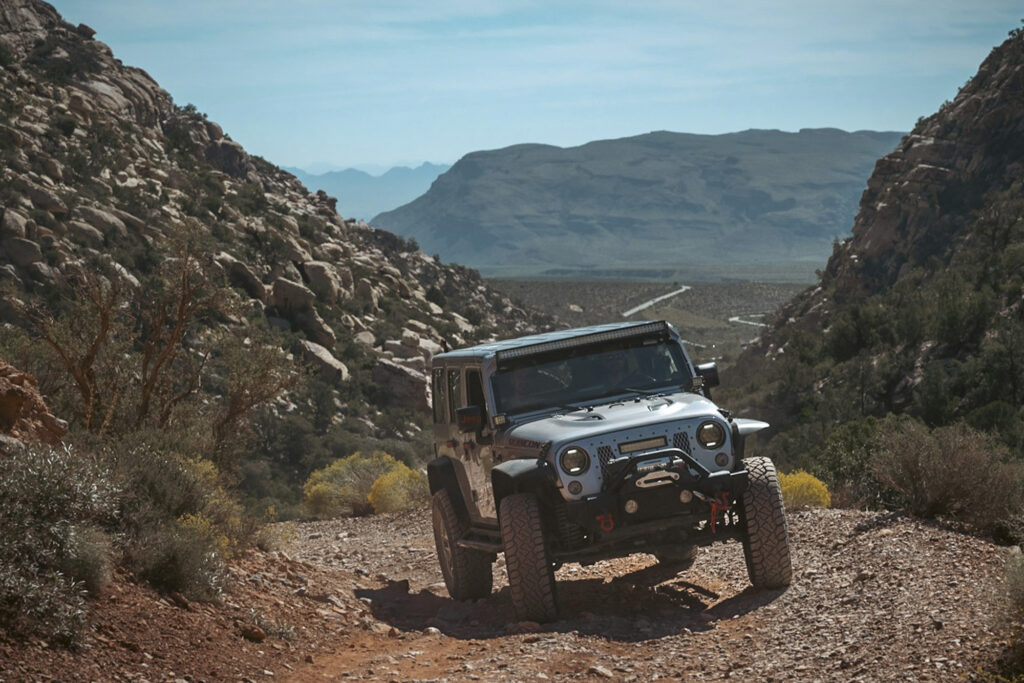
When crossing the water itself, move at a slow and steady speed, entering and exiting the water gently and moving slowly within it while maintaining some forward momentum. If required, stop where you are and back straight out the way you came if you need to abort.
Remember that crossing flowing water can be extremely dangerous and should generally be avoided.
Dealing With Slop
When travelling off-road, the path you’re travelling can often be covered in slop—that is mud, ruts, muck, clay or basically any other surface that’s very low on traction.
As it is with crossing water, crossing slop is generally best tackled after you’ve gotten out for a little look around first.
If you see ruts, determine if they’re deep enough to catch your vehicle and ‘hang it up’, in which case you’ll have to find another way around or try and ride two wheels out of the rut and on a higher-traction surface to pass.
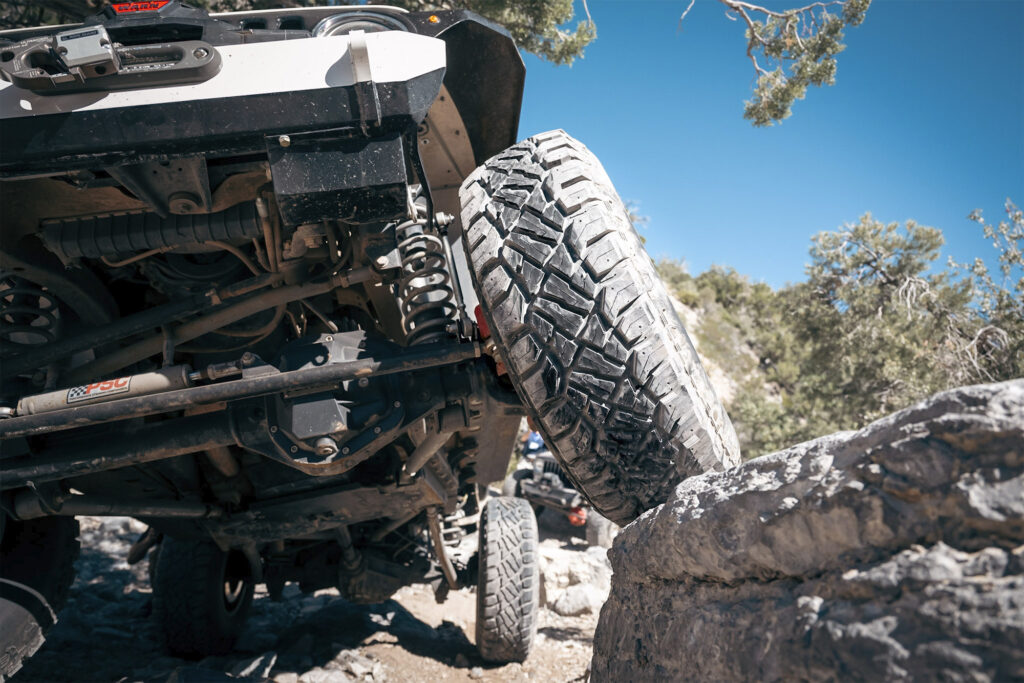
If you see mud, determine how deep and slippery it is remembering that mud can be a particular challenge for factory-equipment tires. Before entering the mud in question engage any additional functions or drive-modes fitted to your vehicle that can help here. Most off-road models have a specialized drive mode for dealing with ruts mud or low-traction situations. If you have a locking rear axle this is a good time to use it.
With your vehicle set up maintain steady pressure on the throttle pedal at all times as you proceed. If wheels slip or spin or the vehicle seems to bog or stop moving maintain throttle pressure regardless. This signals the electronics in your vehicle to keep powering all four wheels and finding more traction to move ahead. Generally it’s best to maintain steady throttle until you’re clear of the mud allowing the vehicle to control individual wheel speeds.
Dealing With Inclines
Even if you’re not scared of heights, tackling a steep climb or descent in a vehicle can be daunting. Thankfully, modern off-road vehicles are commonly equipped with a few features that can help.
Hill Descent Control (or Downhill Assist Control) is one such example. Turn the system on at the top of a hill, release your feet from the pedals, and focus on your steering. Here, the system acts like a low-speed, downhill cruise control, limiting vehicle speed to a crawl as the truck inches its way carefully down the hill. With the vehicle controlling its speed, the driver is less fatigued and need only focus on their steering.
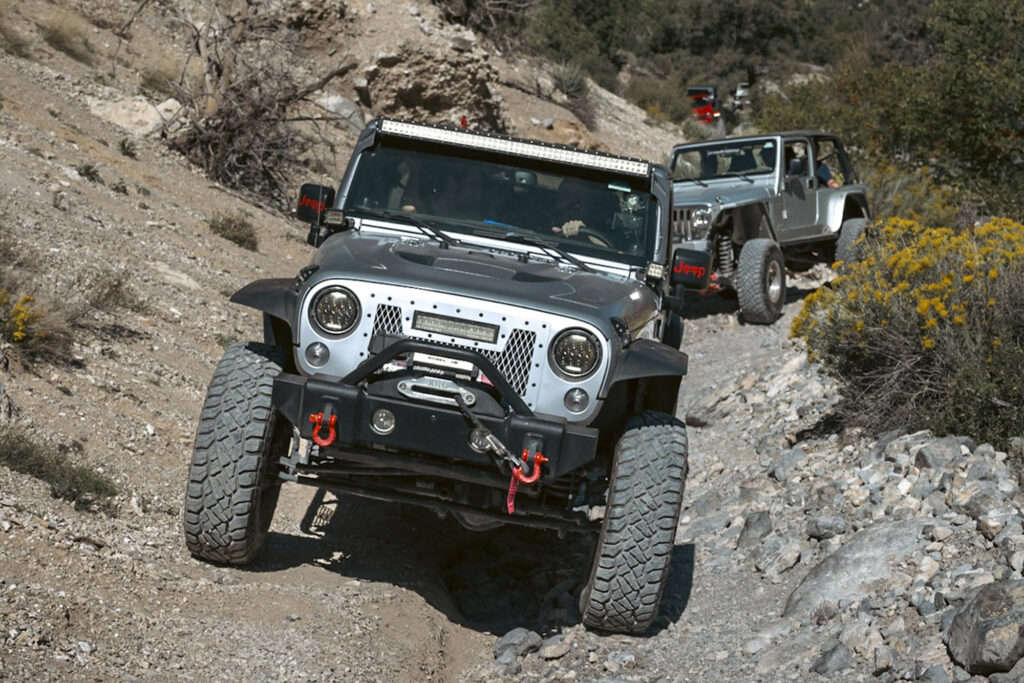
Similar functionality exists for climbing hills, commonly in the way of systems like Multi-Terrain Select, Crawl Control and Terrain Response, depending on the vehicle you drive. These systems allow drivers to lock the vehicle speed at as little as 2 or 3 km/h, regardless of the incline.
Always tackle inclines in straight lines, never at an angle. When climbing up and over a hill on a trail, be sure to scope out what’s on the other side before heading up or get a spotter to avoid potential hazards as you blindly crest the peak of the hill.
Dealing With Fatigue
Remember that off-road driving, especially for long durations, can be hard on the body and result in driver fatigue. Being aware of this is a good part of the battle. You’ll tend to have better off-road travels on a good night’s sleep, with a fresh set of eyes. To maintain energy levels consistently throughout the day, it’s important to keep caffeine intake down, to stay hydrated and to keep blood sugar levels even by eating plenty of healthy snacks too.
